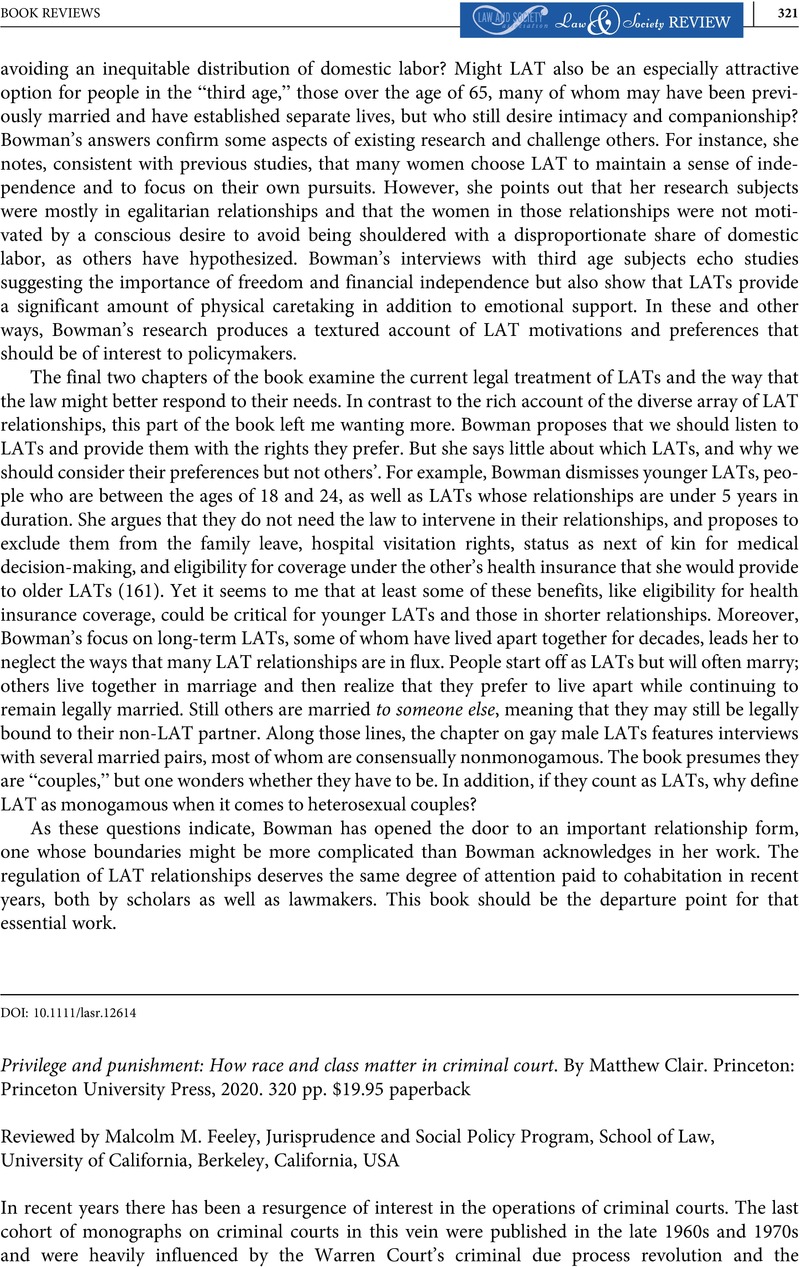Crossref Citations
This article has been cited by the following publications. This list is generated based on data provided by Crossref.
Kohutych, Ivan
Fihurskyy, Volodymyr
Maksymyshyn, Nataliya
and
Muradov, Valentyn
2024.
Certain aspects of communication with persons interrogated in court in criminal proceedings.
Social Legal Studios,
Vol. 7,
Issue. 3,
p.
234.



